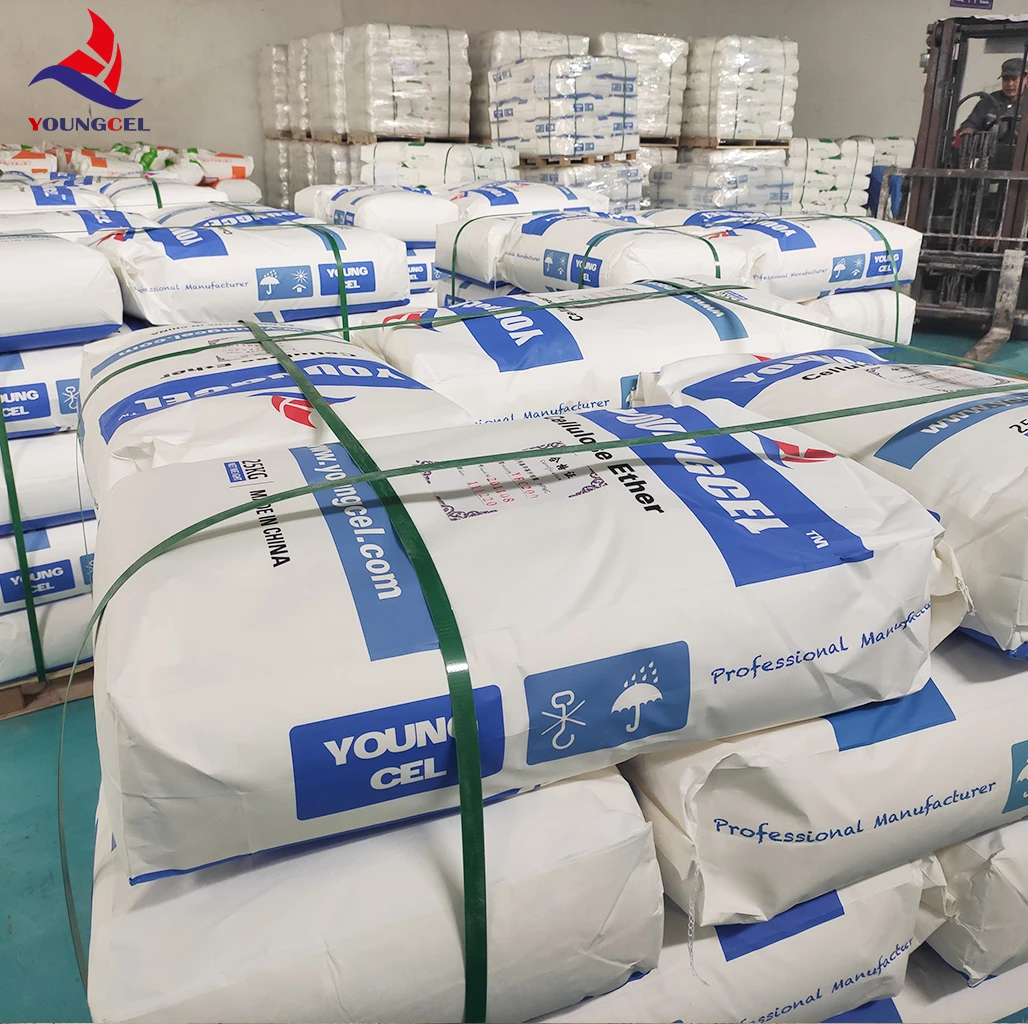Understanding Hypromellose A Versatile Compound
Hypromellose, also known as hydroxypropyl methylcellulose (HPMC), is a widely used synthetic polymer originating from cellulose, the most abundant organic polymer on Earth. Its unique properties and versatility make it an essential compound across various industries, particularly in pharmaceuticals, food, cosmetics, and construction.
Chemical Properties and Structure
Hypromellose is derived from natural cellulose through a chemical modification process involving the substitution of hydroxyl groups with hydroxypropyl and methoxy groups. This modification enhances its solubility and film-forming abilities, leading to a range of applications. HPMC appears as a white to off-white powder which is odorless and tasteless. It is generally soluble in cold water, forming a gel-like solution that can be used in various formulations.
Applications in Pharmaceuticals
One of the most significant uses of hypromellose is in the pharmaceutical industry. HPMC serves as an excipient in many drug formulations, acting as a binder, controlled-release agent, or a thickening agent. In the oral dosage forms, hypromellose is employed in tablets and capsules to control the release profile of active ingredients, ensuring a sustained therapeutic effect. Additionally, it is also utilized in eye drops, providing lubrication and moisture retention for ocular health.
Role in Food and Nutrition
hpmc hypromellose

In the food industry, hypromellose functions as a thickener, emulsifier, and stabilizer. It is commonly found in products like sauces, dressings, and ice creams to improve texture and consistency. The compound can also serve as a low-calorie alternative to fats or sugars, making it a valuable ingredient for health-conscious consumers. Furthermore, HPMC aids in the production of gluten-free baked goods, enhancing their texture and moisture retention.
Cosmetic and Personal Care Products
Hypromellose plays a crucial role in the cosmetic and personal care sector as well. It is often incorporated into lotions, creams, and gels due to its emollient properties. By forming a protective film on the skin, it helps retain moisture and provide a smooth texture. Moreover, HPMC is widely used in hair care products, where it helps improve the manageability and shine of hair.
Construction and Other Uses
Beyond these industries, hypromellose is also applied in construction materials such as cement and drywall. In these applications, HPMC improves workability, adhesion, and water retention, making it an essential ingredient in various building materials. Its versatility continues to enable innovations across multiple fields, proving its importance in both everyday products and advanced technologies.
Conclusion
In summary, hypromellose is a remarkably versatile compound that has established itself as an essential ingredient in numerous sectors. Its unique properties allow it to enhance formulations in pharmaceuticals, food, cosmetics, and construction, ultimately improving the quality of products we use daily. As research and development in this area progress, the range of applications for hypromellose is likely to expand, underscoring its significance in modern society.
-
The Versatility of Industrial Additives: Mhec, Hpmc, And Wall Putty SolutionsNewsMar.28,2025
-
The Importance of HPMC in Modern IndustriesNewsMar.28,2025
-
Partnering with Reliable Manufacturers for Optimal ResultsNewsMar.28,2025
-
Enhancing Construction Performance with Redispersible Polymer PowdersNewsMar.28,2025
-
Enhancing Construction and Household Products with Advanced AdditivesNewsMar.28,2025
-
Building Strong Foundations with Key Construction MaterialsNewsMar.28,2025






